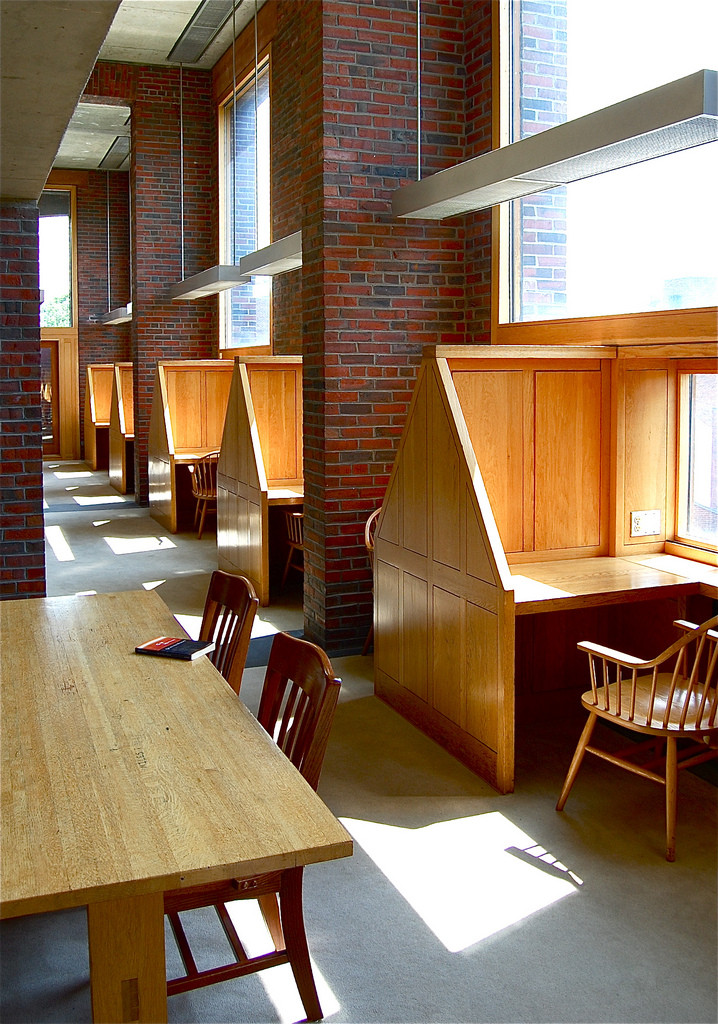1. George has 5 pieces of candy in his lunch. Fred has 2 fewer candies than George. How many candies does Fred have?
- 2
- 3
- 5
- 7
2. Choose the equation which does NOT represent the word problem given:
For her birthday, Sally received 3 new t-shirts. If Sally now has 12 t-shirts, how many t-shirts did she have before her birthday?
- 3+12=?
- 12-3=?
- ?+3=12
- 3+?=12
3. Bobby had 4 library books in his desk. Today, he brought two more books from home. How many books does Bobby have in his desk now?
Hello, Below are the teacher-authored instructional unit samples in mathematics. Each of these units represents the work of a team of Colorado educators to translate one curriculum overview sample into a full instructional unit with learning experiences, teacher and student resources, assessment ideas, and differentiation options. Note: Students may not receive credit for Math 2000 and Math 2134 or Math 2231 or Math 2232. Prerequisite: Mathematics 1431 or college equivalent with a grade of C or better and Mathematics 1432 or college equivalent with a grade of C or better or a qualifying score on the mathematics placement test. LCPS Grade 3 Mathematics Curriculum Guide 2016-2017 INTRODUCTION TO LOUDOUN COUNTY’S MATHEMATICS CURRICULUM GUIDE This CURRICULUM GUIDE is a merger of the Virginia Standards of Learning (SOL) and the Mathematics Achievement Standards for Loudoun County Public Schools. The CURRICULUM GUIDE includes. 1.MP.4 Model with Mathematics. In early grades, students experiment with representing problem situations in multiple ways including numbers, words (mathematical language), drawing pictures, using objects, acting out, making a chart or list, creating equations, etc. Students need opportunities to connect.
- 2
- 4
- 6
- 8
4. Three friends get together to play video games. If Victor brings 5 games, Tyler brings 4 games, and Sam has 6 games, how many games do the friends have to play?
- 9
- 10
- 11
- 15
5. Subtract: 18-8-8=
- 2
- 4
- 16
- 18
6. Choose the equation which answers the question:
What number added to 7 is equal to 9?
- 7-5=2
- 7+9=16
- 9-7=2
- 9+7=16
7. Which of the following shows counting by 3’s?
Old Unit 3 Agendasmrs. Colville's Math Classes
- 3, 3, 3, 3, 3, 3
- 3, 5, 7, 9, 11
- 3, 6, 9, 12, 15
- 1, 2, 3, 1, 2, 3
8. Which of the following shows 17-5 by counting?
- 17, 16, 15, 14, 13, 12
- 17, 15, 13, 11, 9, 7
- 17, 18, 19, 20, 21, 22
- 17, 19, 21, 23, 25, 27
9. Add: 12+6=
- 3
- 6
- 12
- 18
10. Subtract: 17-9=
- 8
- 9
- 10
- 11
Answers and Explanations
1. B: The word “fewer” indicates the use of subtraction. 5-2=3.
2. A: All other choices represent the correct relationship between the number of t-shirts before and after her birthday.
B: 12-3=? The number of t-shirts she has now minus the number of t-shirts received at her birthday equals the number of t-shirts she had before her birthday.
C: ?+3=12 The number of t-shirts she had before her birthday plus the number of t-shirts received at her birthday equals the number of t-shirts she has now.
D: 3+?=12 The number of t-shirts received at her birthday plus the number of t-shirts she had before her birthday equals the number of t-shirts she has now.
3. C: Bobby had 4 books in his desk and he added 2 books. 4+2=6.
Old Unit 3 Agendasmrs. Colville's Math Class 6
4. D: Add the number of games each friend has to find the total number of games. 5+4+6=15.
5. A: 18-8-8=10-8=2.
6. C: ?+7=9 and 9-7=? have the same meaning because both question marks are correctly replaced with 2.
7. C: Choice C shows 3, then 3+3=6, 6+3=9, 9+3=12, and 12+3=15.

8. A: Count down (subtract 1) five times, starting at 17: 17-1=16, 16-1=15, 15-1=14, 14-1=13, and 13-1=12.
9. D: Break 12 into 10+2 to add: 12+6=10+2+6=10+8=18.
10. A: Break 9 into parts of 7 and 2. Then subtract 7 and 2 from 17: : 17-9=17-7-2=10-2=8.